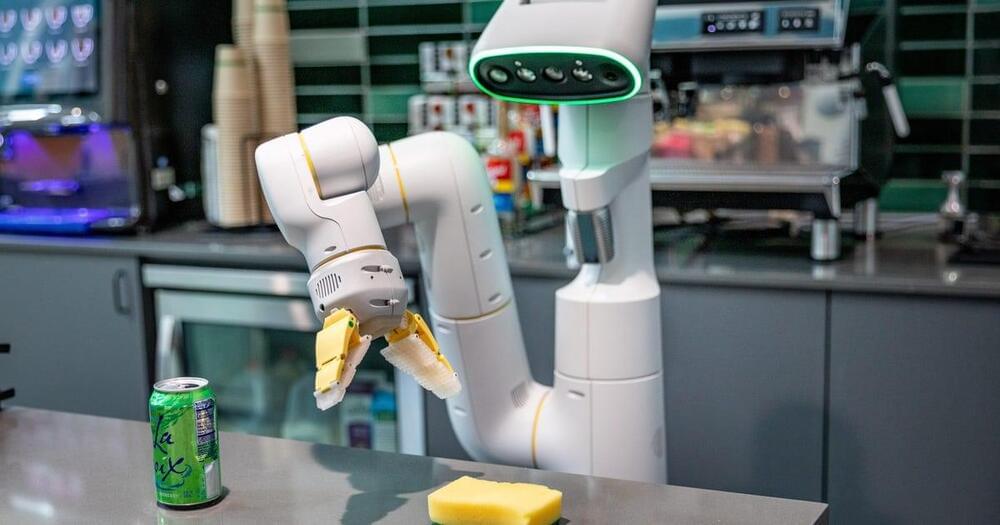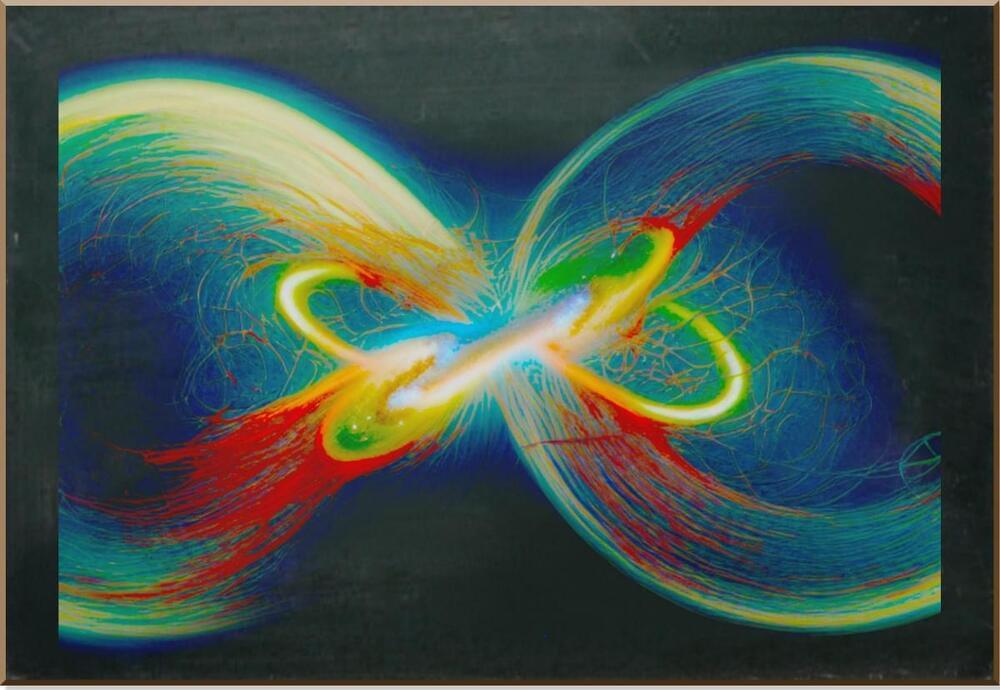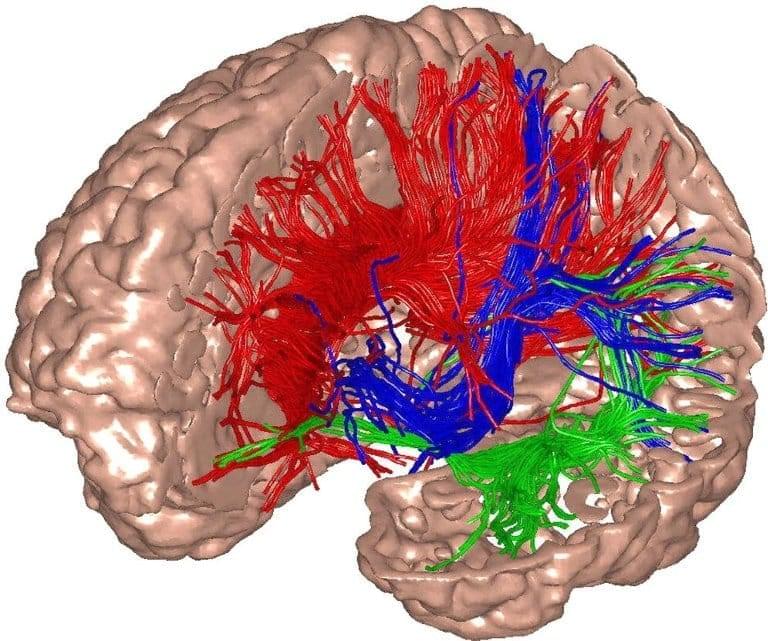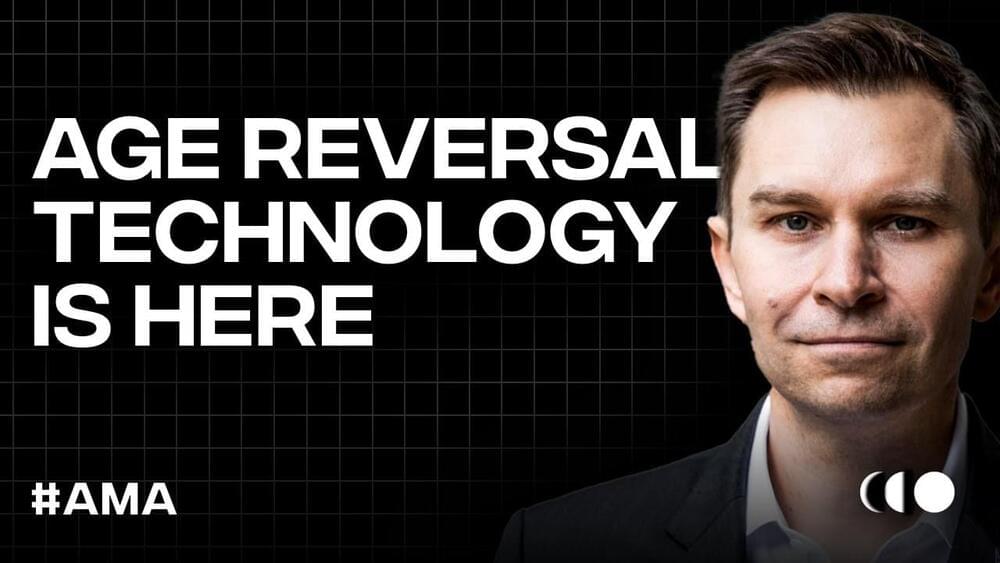In 2022 strides were made in cultivated meat, perennial rice, robotics, quantum computing and AI.
Could knowing where your ancestors came from be the key to better cancer treatments? Maybe, but where would that key fit? How can we trace cancer’s ancestral roots to modern-day solutions? For Cold Spring Harbor Laboratory (CSHL) Research Professor Alexander Krasnitz, the answers may lie deep within vast databases and hospital archives containing hundreds of thousands of tumor samples.
Krasnitz and CSHL Postdoctoral Fellow Pascal Belleau are working to reveal the genealogical connections between cancer and race or ethnicity. They’ve developed new software that accurately infers continental ancestry from tumor DNA and RNA. Their latest study is published in Cancer Research, and their work may help clinicians develop new strategies for early cancer detection and personalized treatments.
“Why do people of different races and ethnicities get sick at different rates with different types of cancer? They have different habits, living conditions, exposures—all kinds of social and environmental factors. But there may be a genetic component as well,” Krasnitz says.
The Robots to Watch in 2023
Posted in robotics/AI
Tesla is making AI-powered humanoid robots. Google wants to give its AI brain a bot body. Robotics are moving fast, and every day, droids are becoming more like us.
Jerome C. Glenn
Posted in existential risks, lifeboat
The Lifeboat Foundation Guardian Award is annually bestowed upon a respected scientist or public figure who has warned of a future fraught with dangers and encouraged measures to prevent them.
For the first time since 2006, we have two joint recipients of the Lifeboat Foundation Guardian Award. This year’s recipients are Jerome C. Glenn and Volodymyr Zelenskyy, who are defending against world existential risks and country existential risks, respectively.
Jerome C. Glenn and Volodymyr Zelenskyy are winners of the 2022 Guardian Award.
To learn to socialize, zebrafish need to trust their gut.
Gut microbes encourage specialized cells to prune back extra connections in brain circuits that control social behavior, new University of Oregon research in zebrafish shows. The pruning is essential for the development of normal social behavior.
The researchers also found that these ‘social’ neurons are similar in zebrafish and mice. That suggests the findings might translate between species — and could possibly point the way to treatments for a range of neurodevelopmental conditions.
Do you want to get started with Quantum Machine Learning? Have a look at Hands-On Quantum Machine Learning With Python.
Summary: By inhibiting NMDA receptors, ketamine increases noise to gamma frequencies in one layer of the thalamic nucleus and one lay of the somatosensory cortex. Findings suggest psychosis may be triggered by an increase in background noise impairing thalamocortical neurons which may be caused by a malfunction in NMDA receptors affecting the balance of inhibition and excitation in the brain.
Source: HSE
An international team of researchers including Sofya Kulikova, Senior Research Fellow at the HSE University-Perm, found that ketamine, being an NMDA receptor inhibitor, increases the brain’s background noise, causing higher entropy of incoming sensory signals and disrupting their transmission between the thalamus and the cortex.
The Nvidia RTX 4,070 Ti could be announced as early as next month at CES, and pricing could come in at $799.
The whole interview is good and informative but starts with Sinclair commenting that at the moment he thinks living to 150 is possible in our lifetimes but not immortality. But given that, I’m 51. If I’m going to live potentially another century the technology will get better and better in that century and I would fully expect to life spans to become what we want rather than what we have to accept.
In this Ask Me Anything session, David and Peter discuss the latest age-reversal breakthroughs, getting approval from the FDA, and the possibility of living forever.
David Sinclair is a biologist and academic known for his expertise in aging and epigenetics. Sinclair is a genetics professor and the Co-Director of Harvard Medical School’s Paul F. Glenn Center for Biology of Aging Research. He’s been included in Time100 as one of the 100 Most Influential People in the World, and his research has been featured all over the media. Besides writing a New York Times Best Seller, David has co-founded several biotech companies, a science publication called Aging, and is an inventor of 35 patents.
Read David’s book, Lifespan: Why We Age-and Why We Don’t Have To: https://a.co/d/85H3Mll.
This episode is brought to you by Levels: real-time feedback on how diet impacts your health. https://levels.link/peter.
Consider a journey to optimize your mind and body by visiting http://mylifeforce.com/peter.
Read the Tech Blog: https://www.diamandis.com/blog.
Roasting would have been easy. But re-creating the paleo way of boiling water requires a bit more imagination.









